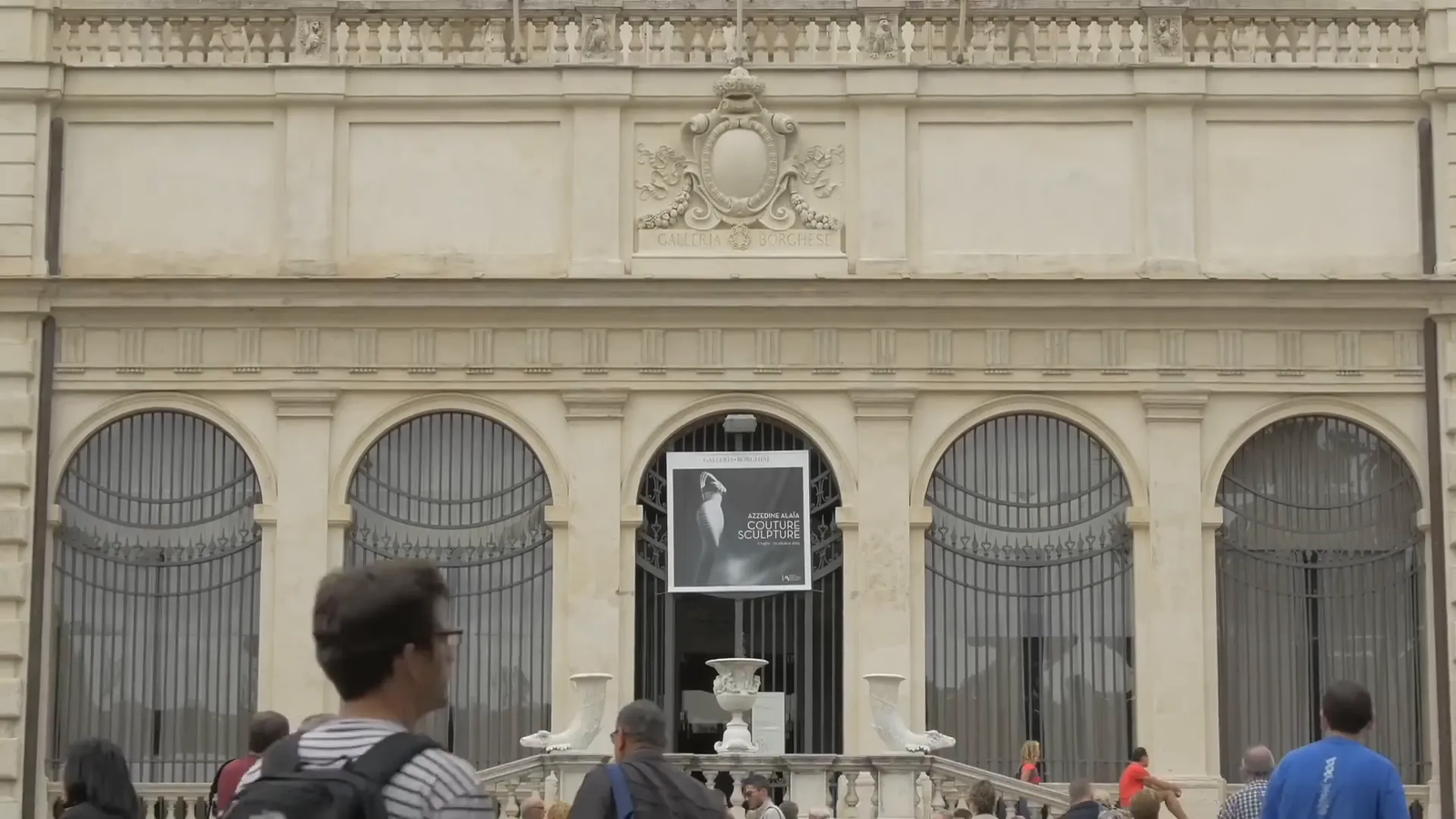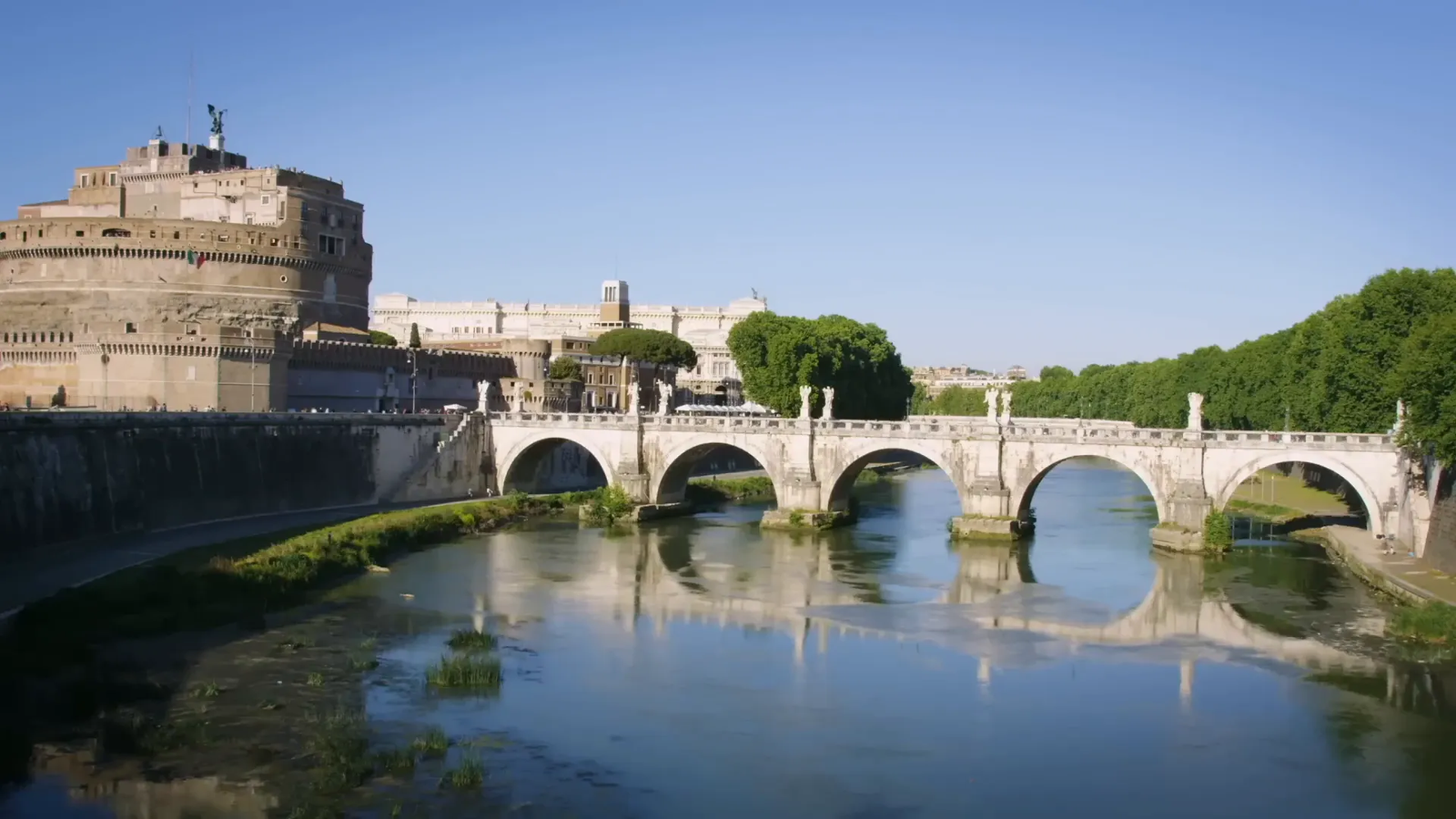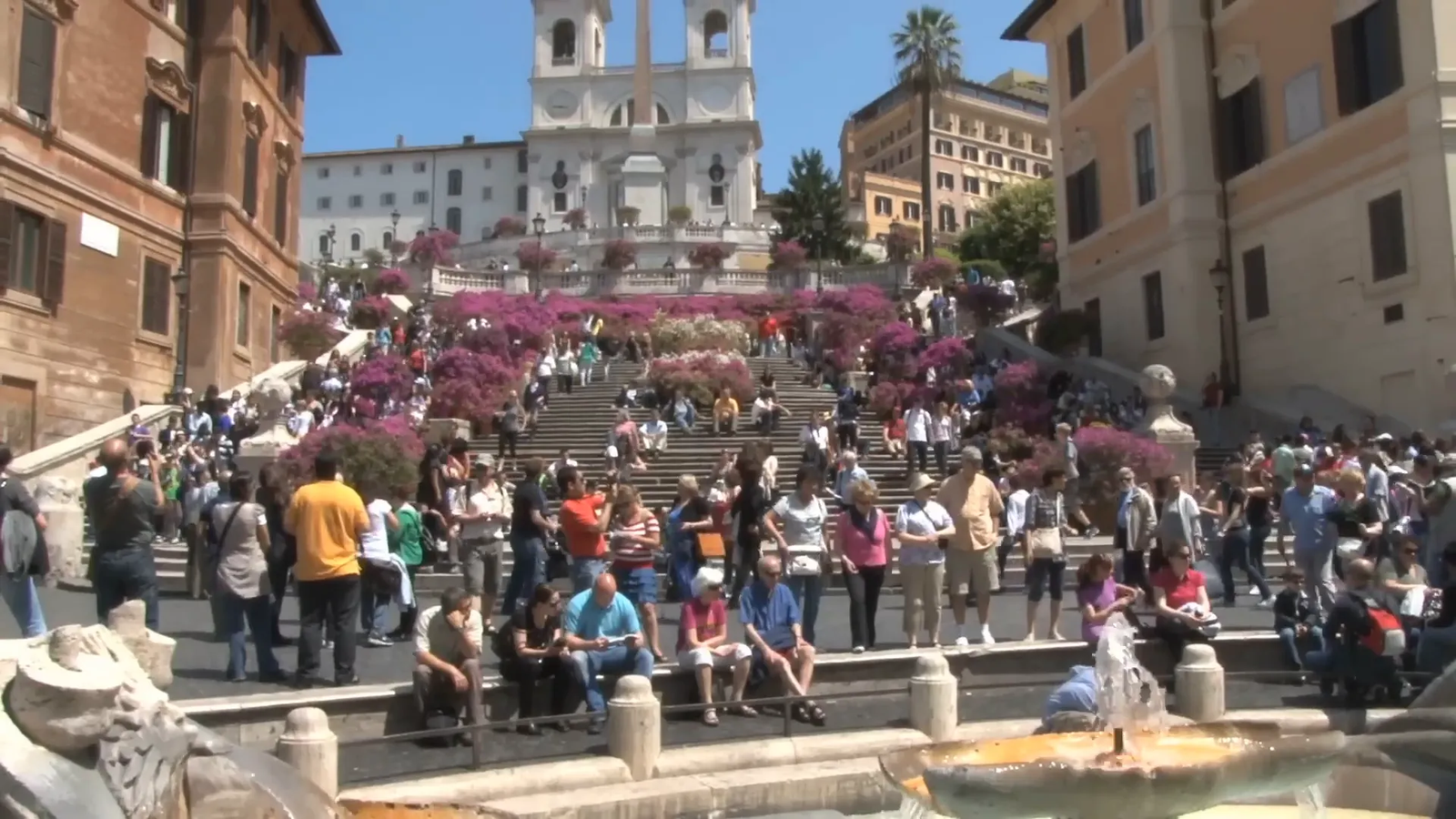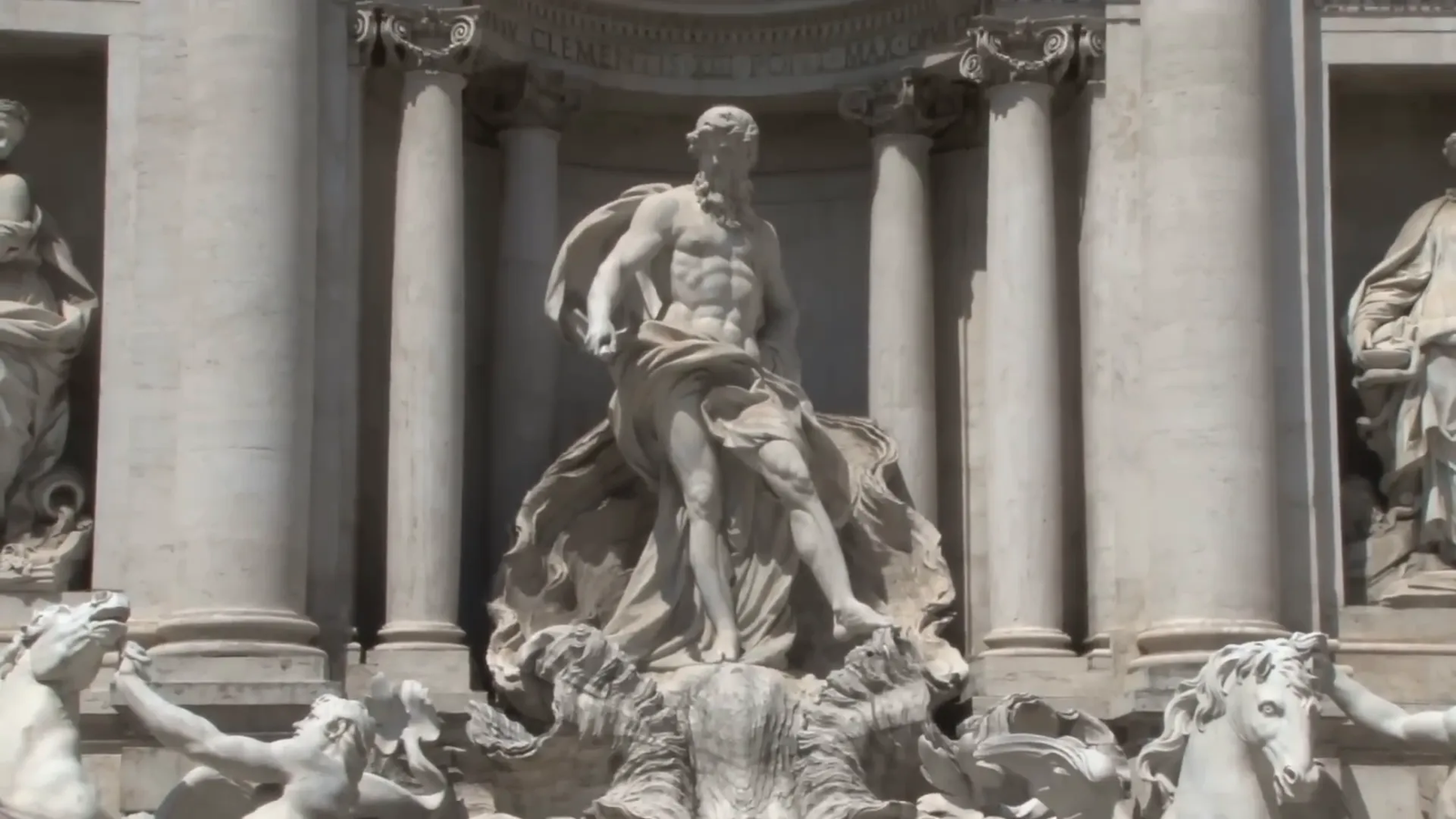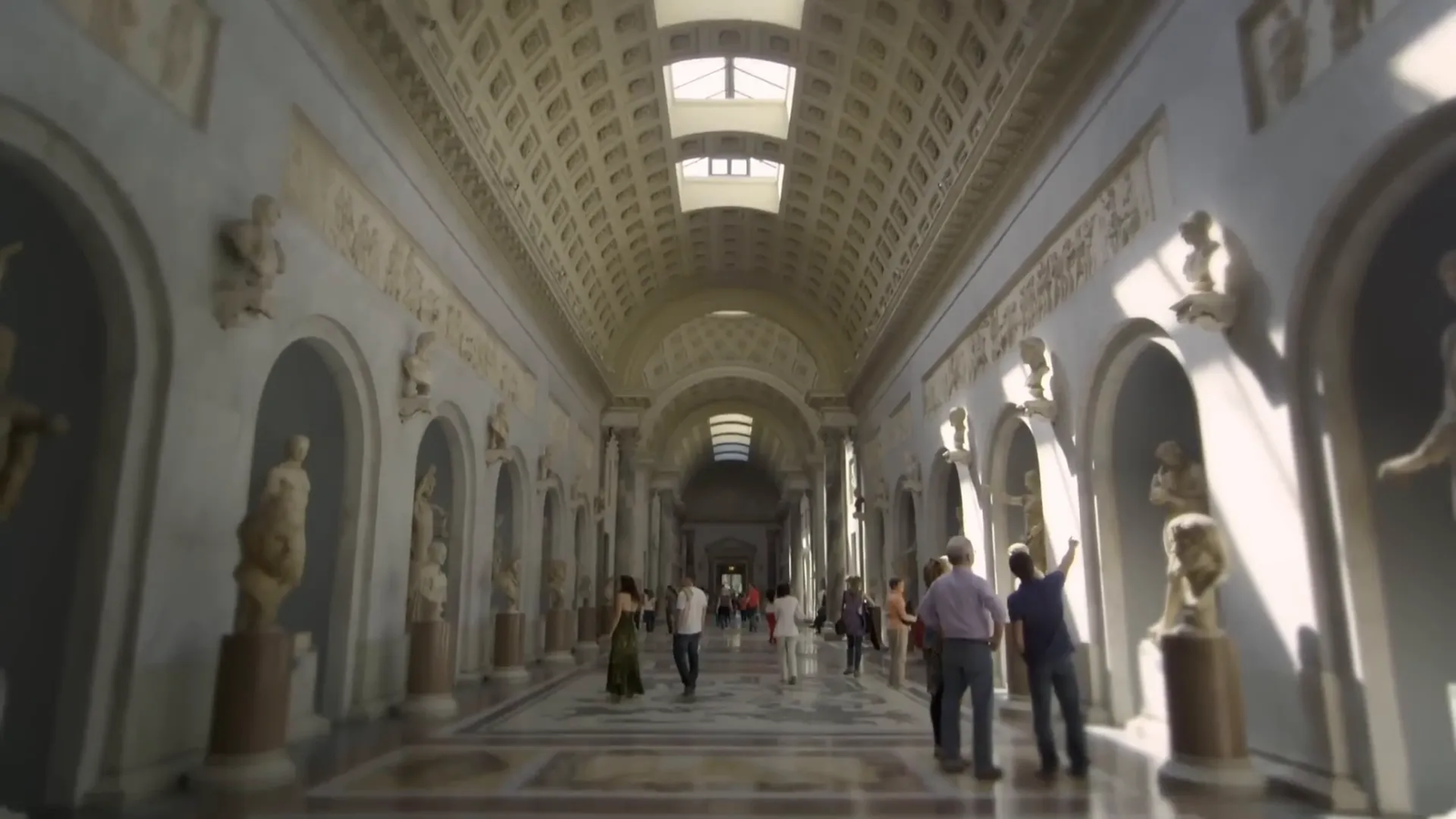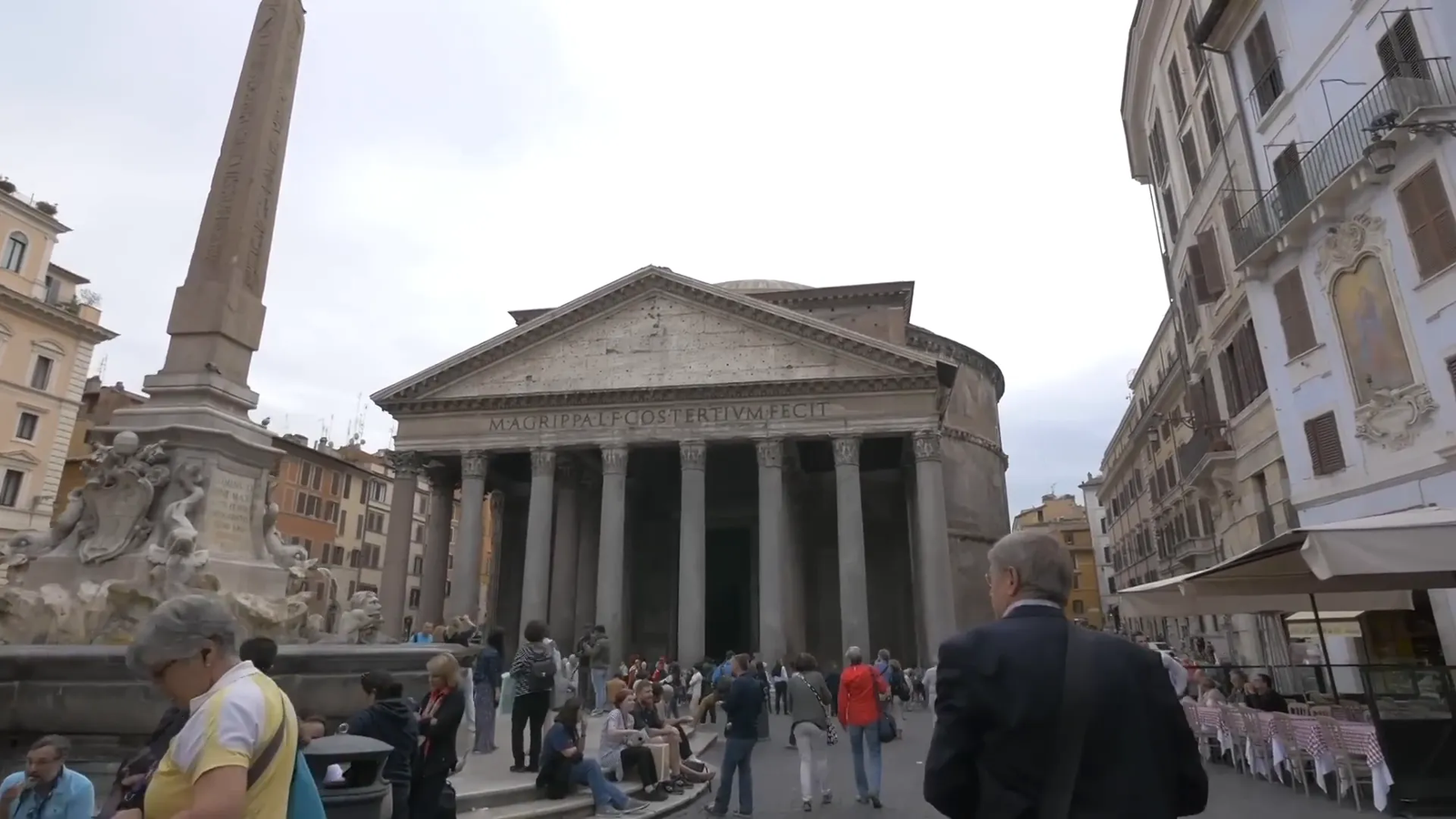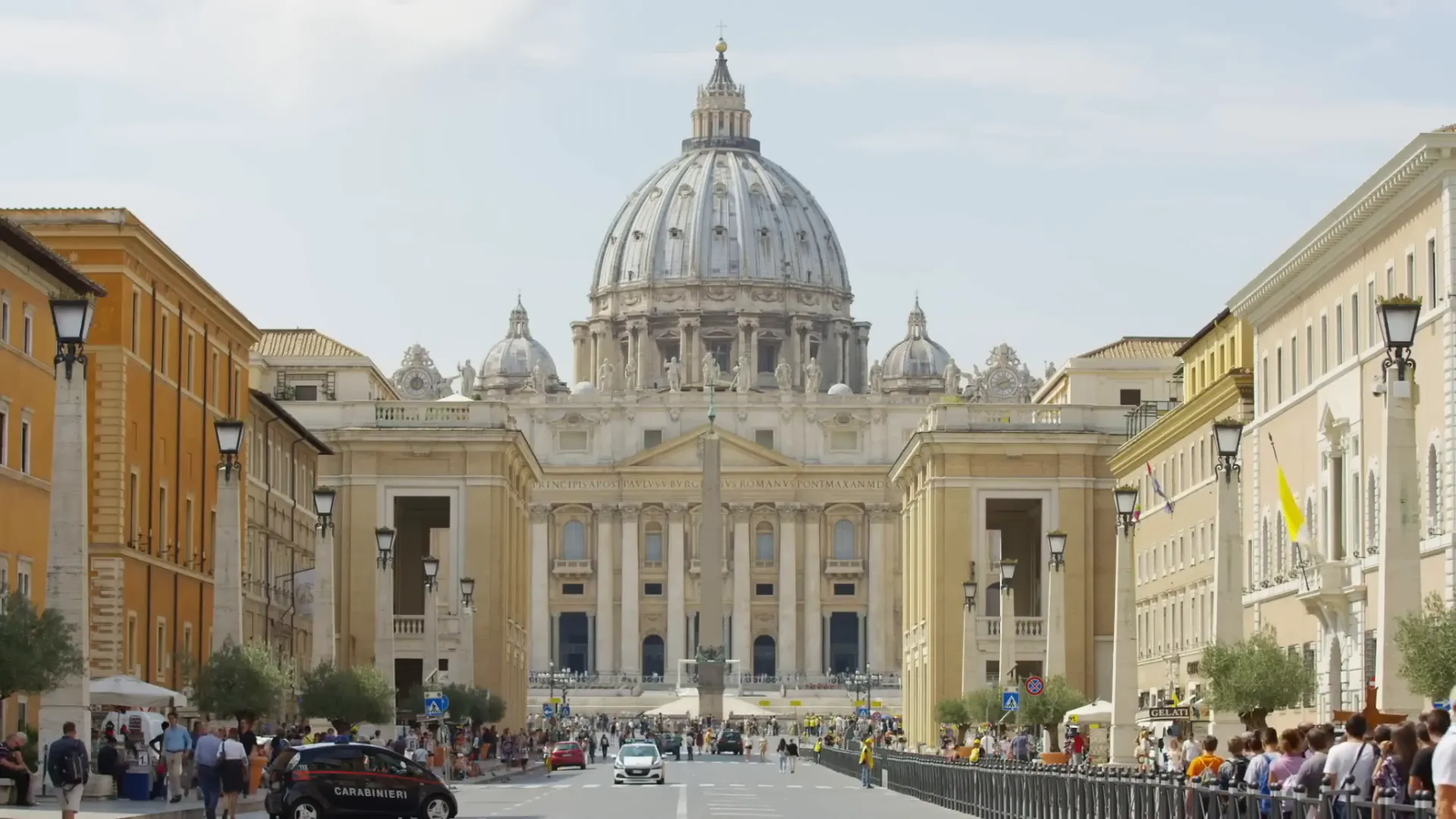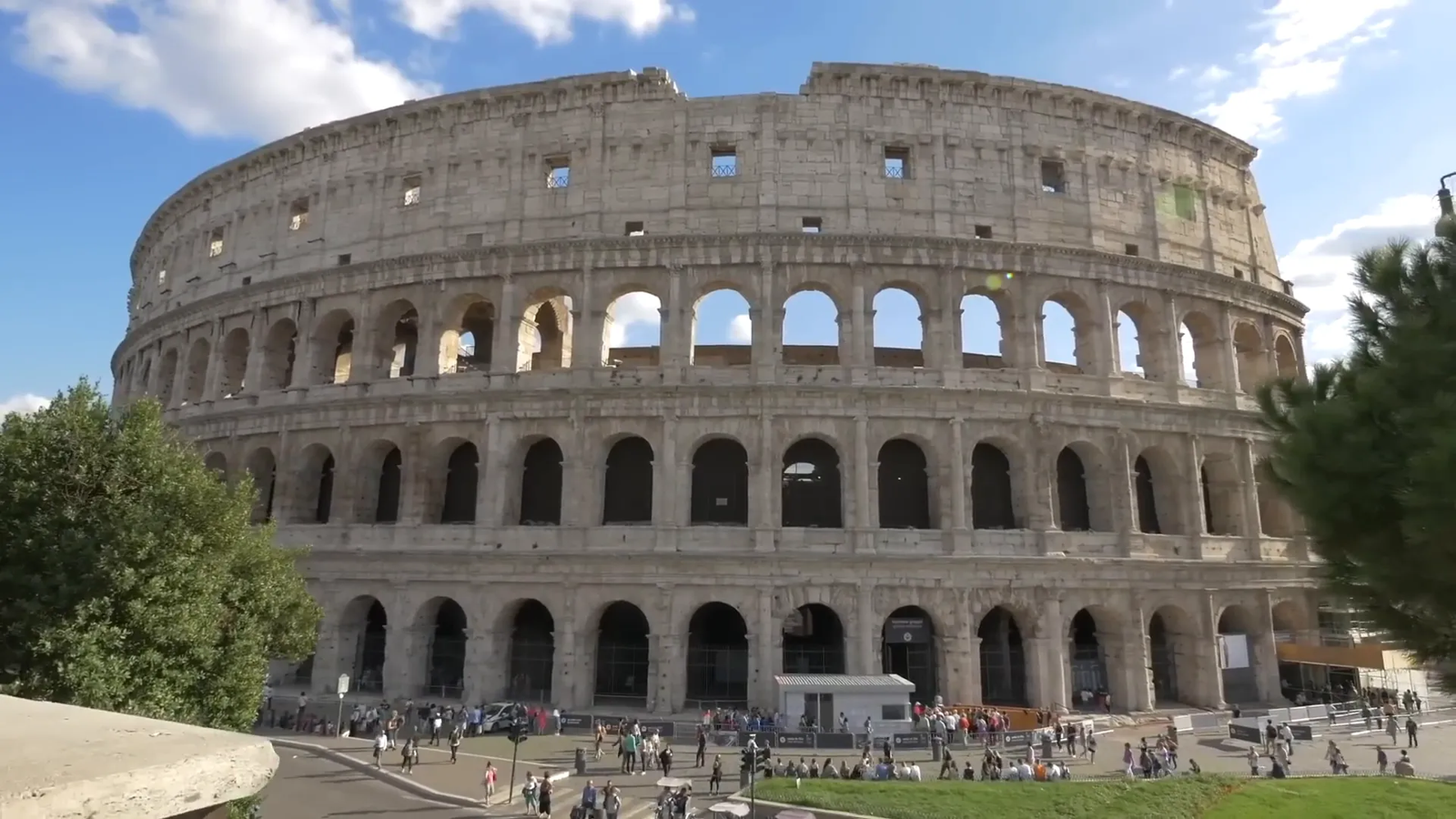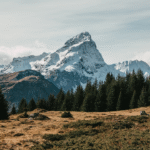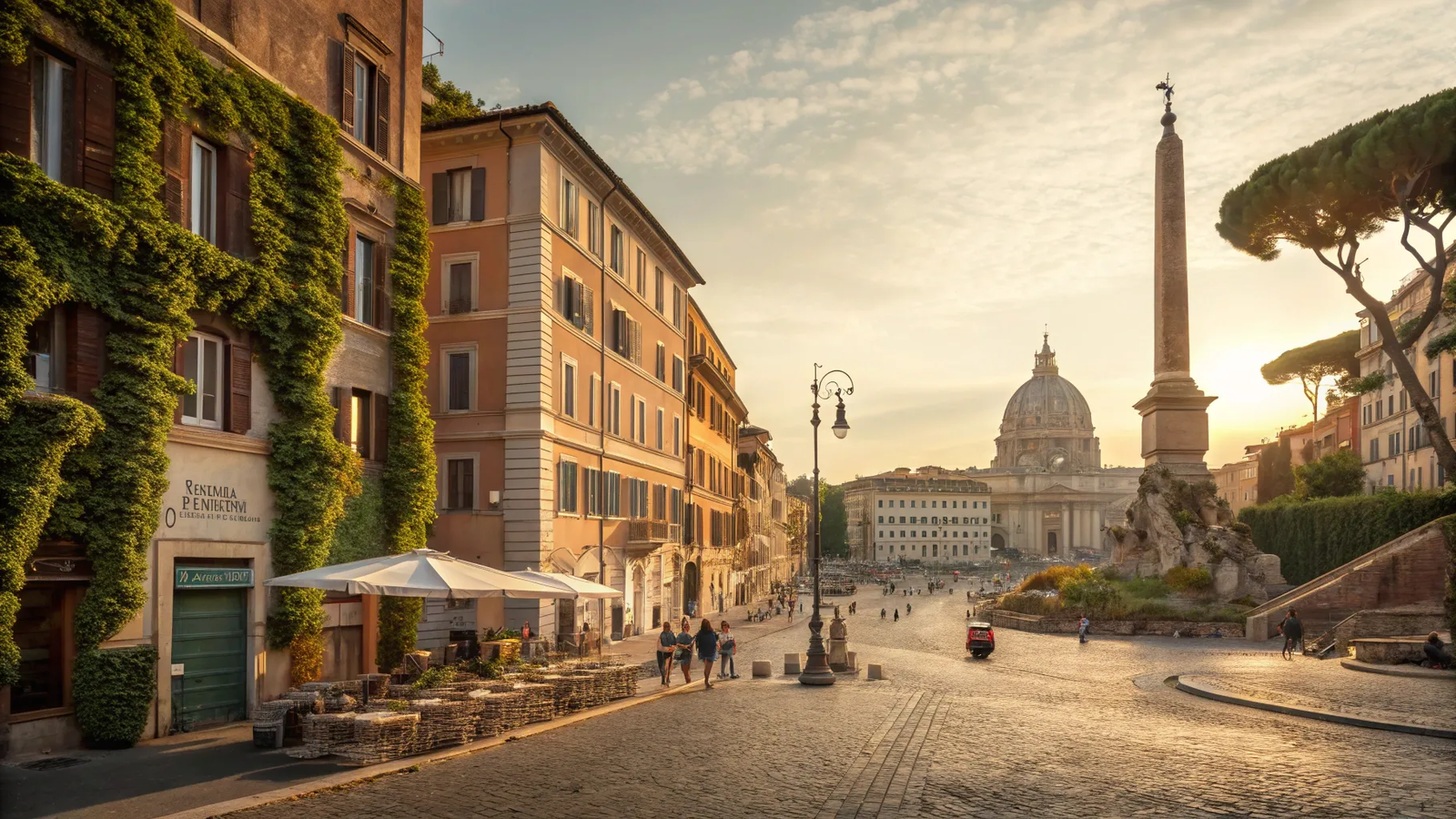
In my video for Touropia I take you on a whistle-stop tour of Rome — a city where hope springs eternal and history meets everyday life on nearly every street corner. If you’re planning a first visit, this guide highlights the ten must-see sites to help you prioritise your time and make the most of the Eternal City.
Below you’ll find a short introduction to each attraction, practical tips, and a few colourful details to bring the stories of Rome’s monuments to life.
How to use this list
Rome is drenched in history and Christianity; art and archaeology are around every bend. Use this list to narrow down what matters most to you — whether that’s grand monuments, intimate squares, or awe-inspiring churches. Many of the sites below are best visited with advance tickets or early in the morning to avoid crowds.
10. Galleria Borghese

Built in the 17th century as an elegant party house for Cardinal Scipione Borghese (a nephew of Pope Paul V), the Galleria Borghese houses an outstanding private collection. Expect Titian paintings, theatrical Bernini sculptures and a small but superbly displayed set of antiquities — plus the National Museum of Musical Instruments.
Visitor tip: Galleria Borghese uses timed tickets and limits the number of visitors per slot — book well in advance.
9. Piazza Navona

Piazza Navona preserves the footprint of an ancient Roman stadium and today is one of Rome’s most lively squares. Flanked by Baroque palaces, it features three magnificent fountains, outdoor cafés, street artists and a jubilant atmosphere that’s perfect for people-watching over a cappuccino.
Stroll slowly and soak up the local life — the square is a great place to pause between monuments.
8. Castel Sant’Angelo

Originally a mausoleum for Emperor Hadrian and his family, Castel Sant’Angelo dates back to the 2nd century and was later fortified by the popes. Once Rome’s tallest building, it has served many roles — tomb, fortress, prison — and is now a museum offering dramatic views over the Tiber. Film fans may recognise it from Angels & Demons.
Tip: Walk across the Ponte Sant’Angelo for some of the best photo angles of the castle.
7. Roman Forum

The Forum Romanum sits in the valley between the Palatine and Capitoline Hills and was the civic, religious and commercial heart of ancient Rome. Today it’s a fascinating, sprawling ruin: wander among the Arch of Titus, the Temple of Saturn and other fragments that once framed civic life, triumphs and public speeches.
Allow plenty of time—there’s a lot to explore and imagine between the stones.
6. Spanish Steps

The Spanish Steps are a monumental stairway of 135 steps, built with French funds in the 18th century to link the Bourbon Spanish embassy to the Holy See. They are a favourite gathering spot for locals and tourists alike. In May the steps are traditionally adorned with pink azaleas.
At the foot lies the Piazza di Spagna and a graceful fountain designed by Bernini — a classic Rome photo stop.
5. Trevi Fountain

Completed in 1762, the Trevi Fountain is a Baroque masterpiece centred on Neptune, flanked by tritons and dramatic sculptural composition. Its name comes from its position at the junction of three roads (tre vie).
Legend has it that throwing a coin into the fountain ensures your return to Rome — an irresistible ritual for many visitors. Expect crowds; early morning or late evening is best for a quieter experience.
4. Vatican Museums

Founded in the 16th century with sculptures collected by Pope Julius II, the Vatican Museums now encompass multiple galleries and priceless relics. Highlights include the ornate spiral staircase, the Raphael Rooms and the Sistine Chapel, whose ceiling Michelangelo painted between 1508 and 1512. The Last Judgment is widely regarded as one of his crowning achievements.
To manage crowds the Vatican runs several itineraries (from roughly 1.5 to over 5 hours), but all routes culminate at the Sistine Chapel. Book timed tickets ahead and consider a guided tour to get the most from the art and history.
3. Pantheon

The Pantheon is one of the best-preserved buildings from ancient Rome. Rebuilt by Emperor Hadrian in the 2nd century, its classic portico is supported by eight massive granite Corinthian columns. The temple — now a Catholic church — is famed for its dome, still the world’s largest unreinforced concrete dome after nearly 2,000 years.
Step inside to admire the oculus and the perfectly proportioned interior — a sublime example of Roman engineering and design.
2. St. Peter’s Basilica

At the heart of Catholicism, St. Peter’s Basilica is monumental in scale — the interior height is roughly 400 feet. The basilica stands on the traditional site where Saint Peter was martyred and buried. Construction of the current building began in 1506 and finished in 1615. Michelangelo designed the dome while Bernini created the grand colonnaded St. Peter’s Square.
Allow time to visit the basilica’s interior and, if you can, climb the dome for a panorama of Vatican City and Rome.
1. Colosseum

Topping the list is the Colosseum, the largest amphitheatre ever built in the Roman Empire. Begun by Emperor Vespasian in 72 AD and completed by his son Titus in 80 AD, the elliptical arena once held up to 50,000 spectators who came to watch gladiatorial combat, public executions and spectacles. Its stone-and-concrete structure is still one of Rome’s greatest architectural and engineering feats.
For a richer visit, combine a Colosseum ticket with adjacent sites like the Roman Forum and Palatine Hill — or book a guided tour to access restricted areas.
Final tips for visiting Rome
- Plan ahead: Popular sites like the Galleria Borghese and the Vatican Museums use timed-entry tickets — reserve in advance.
- Beat the crowds: Early mornings and late afternoons are generally quieter for major attractions.
- Walk as much as you can: Many of Rome’s pleasures — piazzas, lanes, cafés and hidden fountains — are best discovered on foot.
- Slow down: Rome rewards lingering: allow time for pauses at a café, a gelato stop, or simply to admire the layers of history visible on every street.
Whether you’re drawn to grand monuments like the Colosseum and St. Peter’s, or to lively public spaces such as Piazza Navona and the Spanish Steps, Rome offers an unforgettable mix of art, history and daily life. Buon viaggio!

